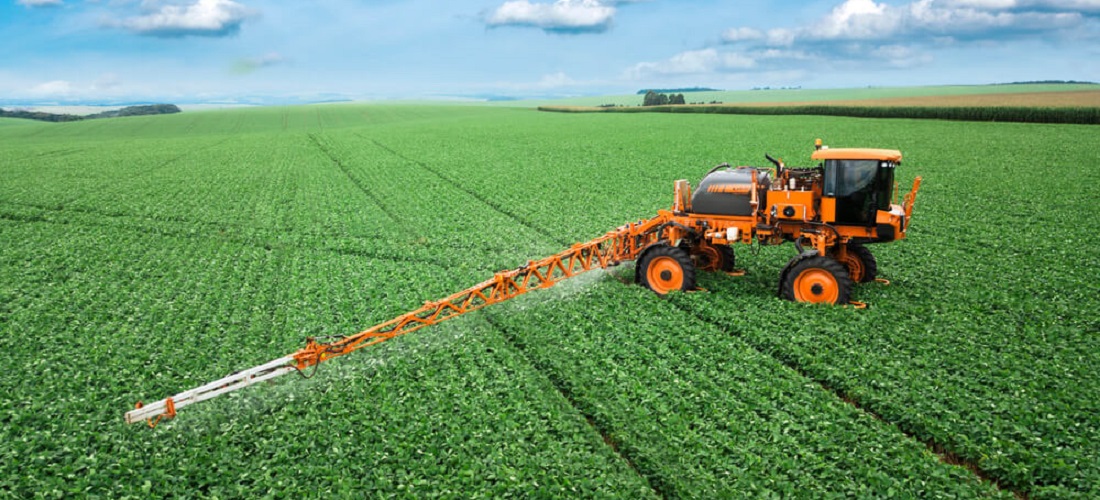
Brazil’s Conab says grain output should reach 308 million tonnes
Aug, 25, 2022 Posted by Gabriel MalheirosWeek 202234
The preliminary Conab grain production forecast for the 2022/23 harvest indicates an output of 308 million tonnes. According to data issued by the National Supply Company (Conab) on Wednesday (24), the outcome is primarily driven by the good performance of the corn, soybean, rice, beans, and cotton markets.
“Despite the increase in production costs, the crops still have strong liquidity and represent profitability for Brazilian producers,” says Guilherme Ribeiro, president of the National Supply Company (Conab). As demonstrated in Conab’s 2022/23 Agricultural Perspectives report, released on Wednesday (24t), these factors contribute to allocating more land to the soybean, corn, and cotton crops.
According to the figures, which present the main market variables and crop trends, the total production of these five products grown in the country –which correspond to more than 90% of Brazilian grain production– is estimated at 294.3 million tonnes.
Soybeans
For soybeans, Conab’s perspective points to a record production scenario. The projection is 150.36 million tons for the next season. In the company’s assessment, grain prices should remain attractive as world supply and demand for the oilseed remain adjusted. This reflects a growing trend of 3.54% of the area for the crop, reaching 42.4 million hectares.
Cotton
In the case of cotton, Conab’s analysis points to a scenario of an increase in crop area, productivity, and consequent increase in output. The first forecasts for the 2022/23 crop indicate a harvest of 2.92 million tonnes of the plume. According to the state-owned company, the factors behind this trend are the high level of product prices, good profitability, and early commercialization, among others.
However, the uncertainties of the world economic scenario may restrict this growth. Nevertheless, given the production, the exported volume is expected to take an upturn and reach a level close to two million tonnes, in addition to building a carryover stock of approximately 1.75 million tonnes at the end of 2023.
Rice
In the case of rice, the cultivated area should show a further reduction in the 2022/23 harvest. With the high cost of production, farmers tend to opt for crops with better profitability and liquidity estimates, such as corn and soybeans.
Even so, production in the 2022/23 crop should catch up to 11.2 million tonnes, given the likelihood of better productivity compared to 2021/22, which suffered from the availability of water resources for its good development. A similar scenario is expected for beans.
Corn
As for corn, total production of 125.5 million tons is expected. The area reserved for corn crops is likely to decrease by 0.6% during its first yearly harvest since it coincides with the soybean cultivation period. However, with a possible recovery in productivity, after the water shortage in important producing regions in the 2021/22 season, production could reach 28.98 million tonnes.
In the second harvest of the grain, an increase in both area and productivity is estimated, resulting in a yield of 94.53 million tonnes, an expansion of 8.2% compared to the 2021/22 harvest.
Animal Protein Market
Regarding the next market year, meat producers, especially poultry and pork producers, are faced with the challenge of managing production costs, given higher corn prices. In this scenario of high costs, the tendency is for a lower margin of profitability for the sector.
In the case of swine farming, another factor to be considered is the recovery of Chinese herds, hit by African swine fever from 2018 onwards. The plague has been impacting domestic live pig prices. Naturally, decreased infection rates are leading to a reduction in exports to China.
“However, with the opening of new markets, such as in other Southeast Asian countries and Canada, the effects of this decline tend to be minimized,” says Allan Silveira, the company’s superintendent of Market Studies and Supply Management. According to Conab’s analysis, the trend for 2023 is for an increase in the slaughter of roughly 6.7%, which should not fully translate into an increase in protein production due to lower average weight projected due to high feed costs.
Poultry slaughters are expected to increase by 3.2% in 2023 compared to this year, reaching 6.29 billion chickens, while exports are expected to fall by 1.7%, reaching 4.5 million tonnes. This combination of factors results in a probable increase in domestic supply of 4.2%, increasing availability per capita above 51 kg/inhabitant/year.
Despite a favorable external market situation, beef producers are facing rising costs, mainly due to recent increases in calf pricing.
In response to this price hike, breeders developed a strategy to retain females, which could explain the expected increase in herd figures for 2022 and 2023 and, consequently, the increase in slaughter rates in the upcoming months, up 2.7% from 2022 (30.1m cattle heads).
This increase in slaughter also indicates a 2.9% increase in beef production, owing to the possibility that in 2023 the process of culling cows, typical of the current stage of the livestock cycle, will begin, allowing for an increase of around 5% in sales to the foreign market and a slight increase in per capita availability in 2023, approaching 26 kg/inhabitant/year.
-
Dec, 08, 2021
0
YTD pork exports remain high at 11.29%
-
Other Logistics
Apr, 23, 2019
0
Truckers strike unlikely following government intervention
-
Ports and Terminals
Aug, 11, 2022
0
Spanish management system to modernize Port of Paranagua operations
-
Meat
Apr, 16, 2020
0
Brazilian beef gains bigger share of Arab market as Indian supplies suffer


